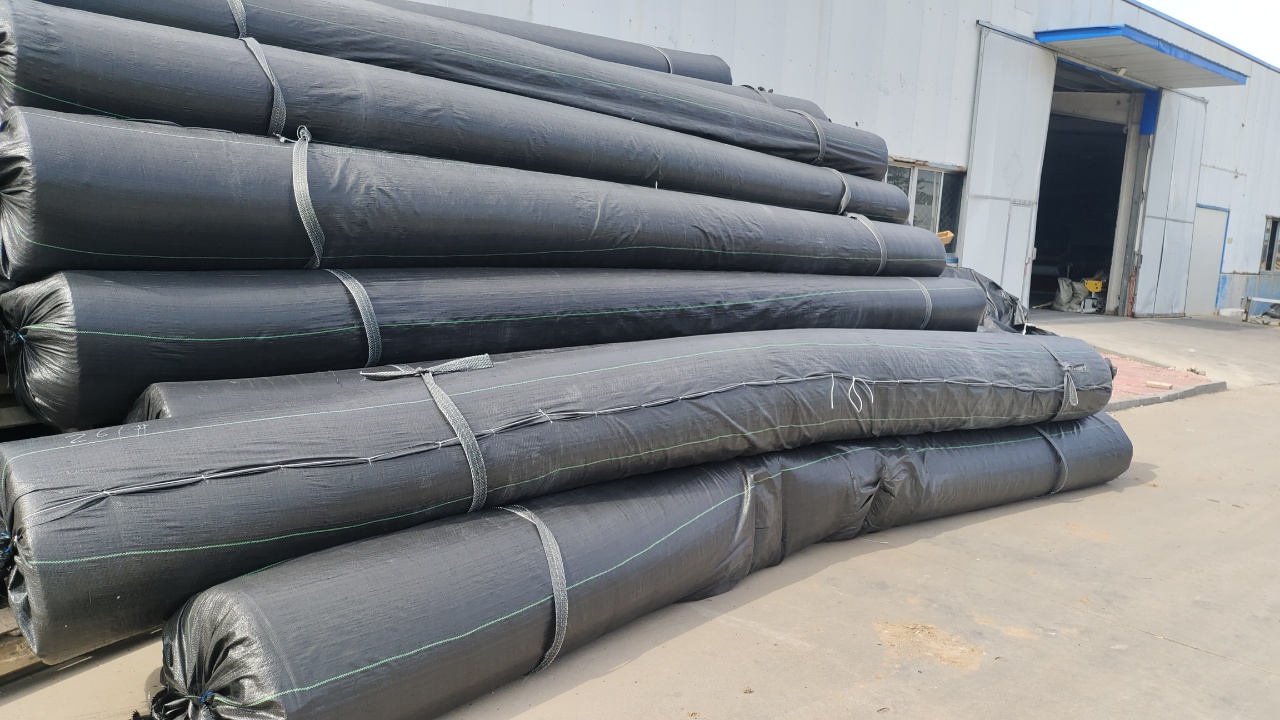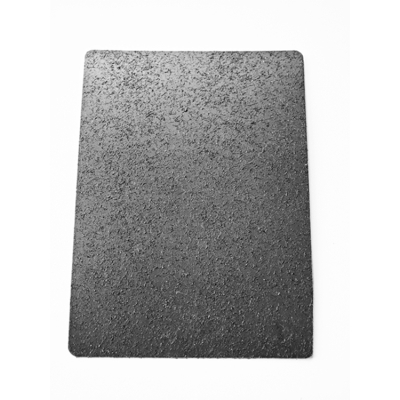Functions, Characteristics, and Applications of Composite Drainage Nets
Functions, Characteristics, and Applications of Composite Drainage Nets
Primary Functions and Features
1. Efficient Drainage: The three-dimensional core layer provides larger drainage channels than traditional materials, ensuring rapid water collection.
2. Long-Term Clog Resistance: The geotextile filter layer prevents soil intrusion, avoiding blockage and maintaining performance over time.
3. High Compressive Strength: The mesh structure withstands heavy loads without deformation, preserving drainage capacity.
4. Lightweight and Easy Installation: Streamlined design and roll packaging simplify transportation and installation, reducing costs and shortening project timelines.
5. Corrosion and Chemical Resistance: HDPE material resists degradation from soil and water chemicals, ensuring durability.
Primary Applications:
1. Roadbed and pavement drainage: Prevents water infiltration beneath roadways to avoid damage.
2. Basement waterproofing: Acts as a protective membrane while directing water to drainage channels, reducing hydrostatic pressure.
3. Landfills and tailings dams: Essential for leachate collection and discharge in environmental projects.
4. Retaining walls and slope drainage: Releases pore water pressure, enhances stability, and prevents landslides.
5. Roof gardens and underground garages: Facilitates drainage while preventing root penetration of waterproofing.
6. Sports field drainage: Ensures rapid drainage for facilities like soccer fields and golf courses.
Looking forward to your require.






